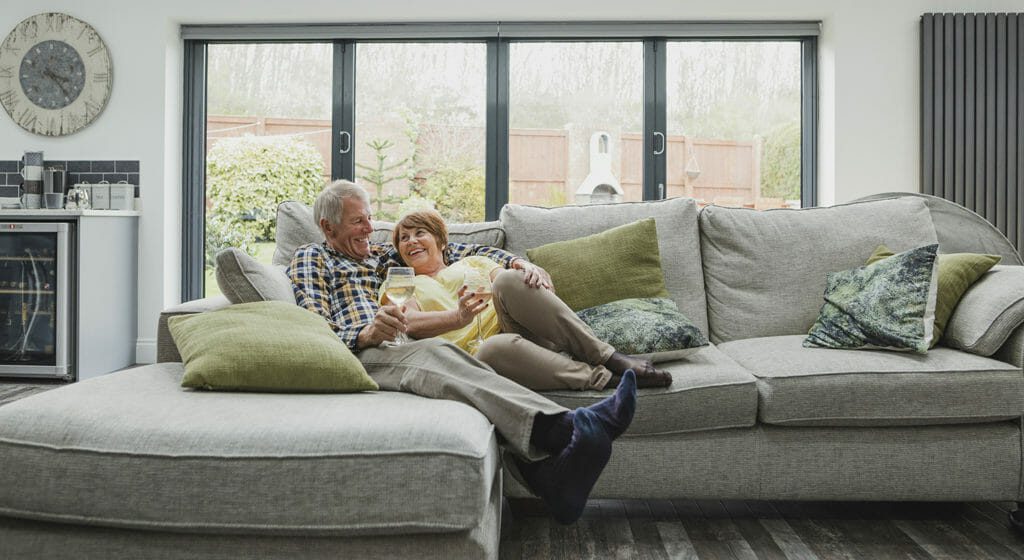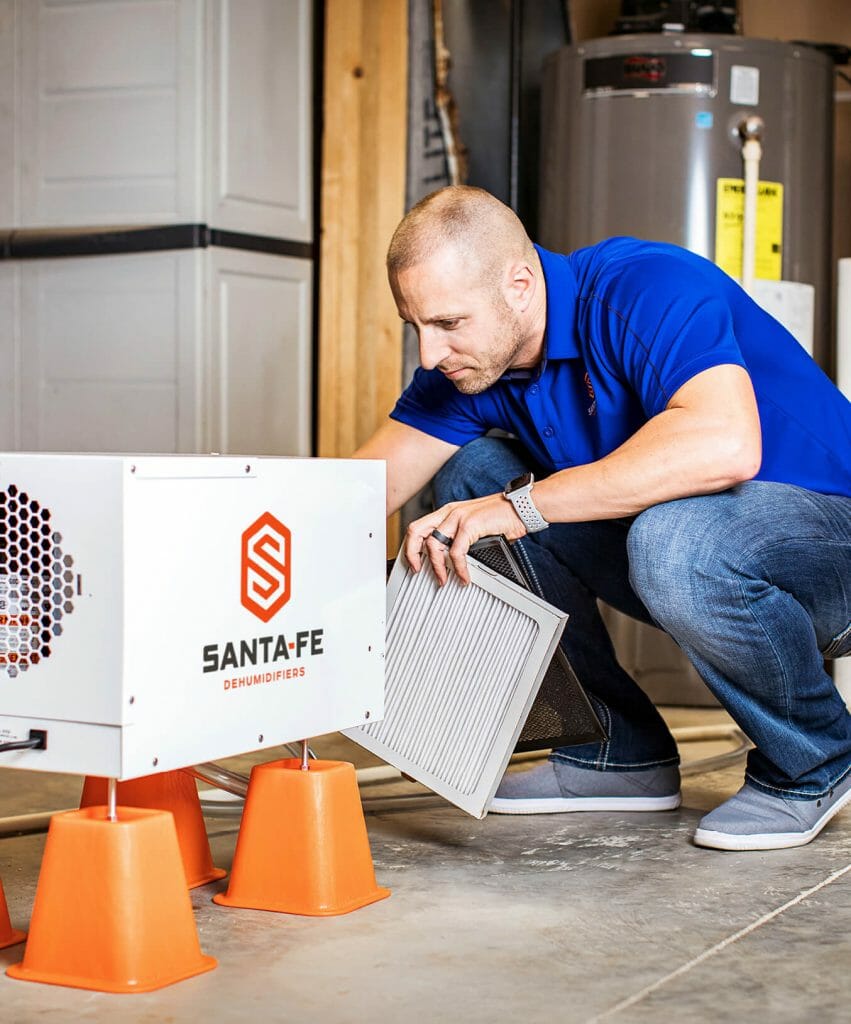LIVE WELL. BREATHE WELL.


The Comforts of Home Should Include the Air You Breathe
As our homes are constructed to be more energy efficient, there is a greater need to bring in outdoor air to dilute indoor air contaminants. It is not only important to filter this air, but also the air that circulates through every room of the home. This is because, exposure to high levels of moisture, odors, gases, dust and other air pollutants particles can affect both your lungs and your heart.
Our Ultra-Aire by Santa Fe ventilating dehumidifiers are designed to work with the HVAC system to introduce fresh outdoor air, purge stale indoor air, and also filter the air throughout the home.
When considering an air-purifying system for your home, it is important to understand there are many different types of filters. The EPA recommends that consumers who are concerned about small particles choose filters with at least a MERV 13 rating.


WHAT IS MERV RATING?
Minimum Efficiency Reporting Value (MERV) is a standard that rates the overall effectiveness of air filters. MERV values vary from 1 to 16. The higher the MERV rating the better the filter will be in trapping airborne particles. This is why all our Ultra-Aire by Santa Fe Whole House Ventilating Dehumidifiers feature MERV 13 air filters.
The powerful dual exhaust improves air circulation throughout the entire space, allowing the maximum amount of air to be treated in the shortest time. Dual exhaust dehumidifiers are recommended for all crawl space and basement applications.
Published on Apr 01 2020
Last Updated on Feb 03 2021